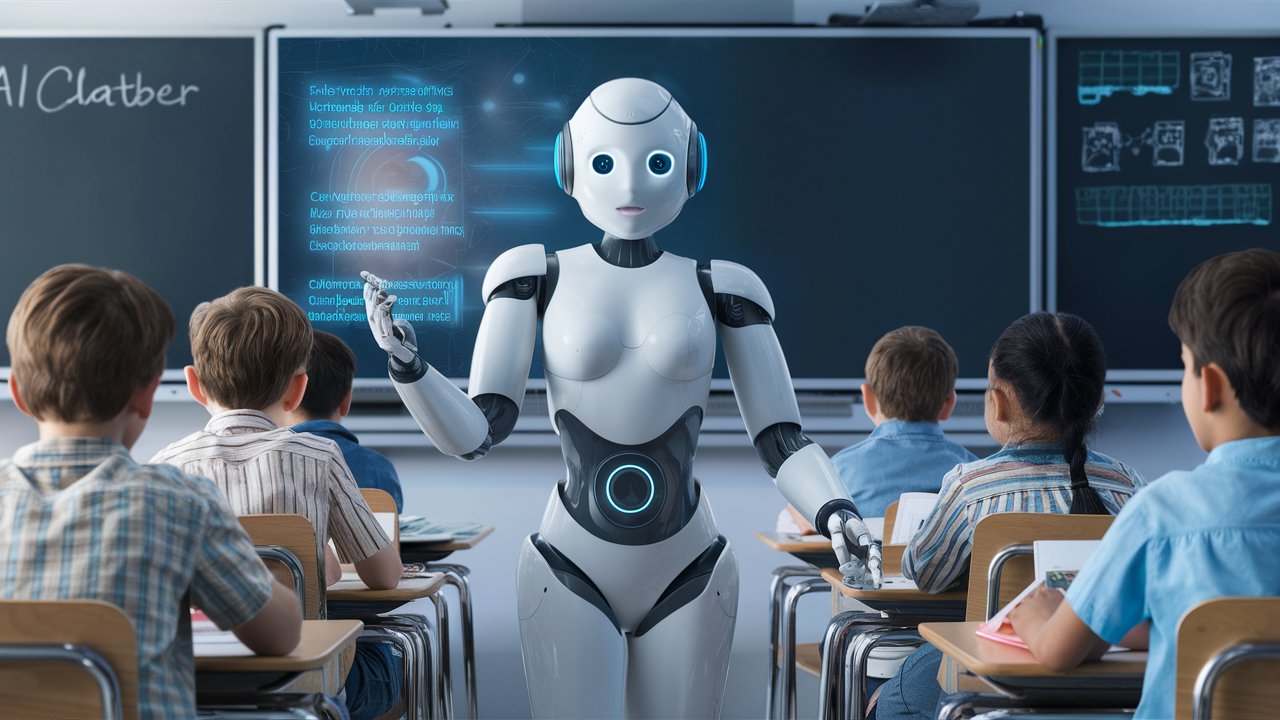In recent years, the educational landscape has witnessed significant advancements driven by technology, and one of the most notable developments is the rise of AI chatbots. These intelligent virtual assistants are transforming the way students learn, interact with educational content, and engage with their teachers and peers.
From providing 24/7 learning support to handling administrative tasks, AI chatbots are becoming indispensable tools in modern education. In this article, we will explore how AI chatbots are revolutionizing the educational experience, providing a new kind of teaching assistant that enhances learning and engagement.
24/7 Learning Support
One of the most compelling advantages of AI chatbots in education is their ability to provide round-the-clock support. Unlike human tutors, chatbots are available 24/7, offering students the flexibility to learn at their own pace and on their own schedule.
Whether it’s late at night or during a weekend, students can ask questions, seek clarification on complex topics, and receive immediate assistance. This continuous availability ensures that learning is not confined to classroom hours, enabling students to make the most of their study time.
Immediate Response to Student Inquiries
AI chatbots are designed to respond to student inquiries instantly. This immediate feedback is crucial for maintaining the flow of learning and preventing students from becoming frustrated or stuck on a particular problem.
When a student asks a question, the chatbot can quickly provide accurate and relevant information, helping the student to continue their studies without interruption. This real-time interaction mimics the support of a live tutor, making learning more efficient and enjoyable.
Personalized Learning Experiences
One of the most transformative aspects of AI chatbots is their ability to deliver personalized learning experiences. By analyzing individual student data, such as learning styles, progress, and preferences, chatbots can tailor their responses and recommendations to meet the unique needs of each student.
This personalization can include suggesting specific resources, providing targeted practice exercises, and adapting the difficulty level of questions based on the student’s performance. As a result, students receive a customized learning experience that enhances their understanding and retention of the material.
Handling Administrative Tasks
In addition to their educational roles, AI chatbots can also handle a variety of administrative tasks, freeing up valuable time for teachers and administrative staff.
Chatbots can manage scheduling, send reminders about assignments and deadlines, and even assist with the enrollment process. By automating these routine tasks, chatbots allow educators to focus more on teaching and interacting with students, thereby improving the overall efficiency of educational institutions.
Enhancing Student Engagement and Participation
AI chatbots have the potential to significantly boost student engagement and participation. Through interactive and dynamic conversations, chatbots can make learning more engaging and interactive.
They can pose questions, initiate discussions, and encourage students to think critically about the subject matter. Moreover, chatbots can facilitate group work by connecting students with peers who have similar interests or are working on related projects.
This increased interaction not only makes learning more enjoyable but also fosters a collaborative learning environment.
Conclusion
AI chatbots are reshaping the educational landscape by providing unparalleled support, personalization, and engagement. As these intelligent assistants continue to evolve, their role in education will likely expand, offering even more innovative ways to enhance the learning experience.
By providing 24/7 support, immediate responses, personalized learning, and handling administrative tasks, AI chatbots are proving to be valuable teaching assistants that empower both students and educators.
As we embrace this technological advancement, the future of education looks brighter, more efficient, and more inclusive than ever before.

